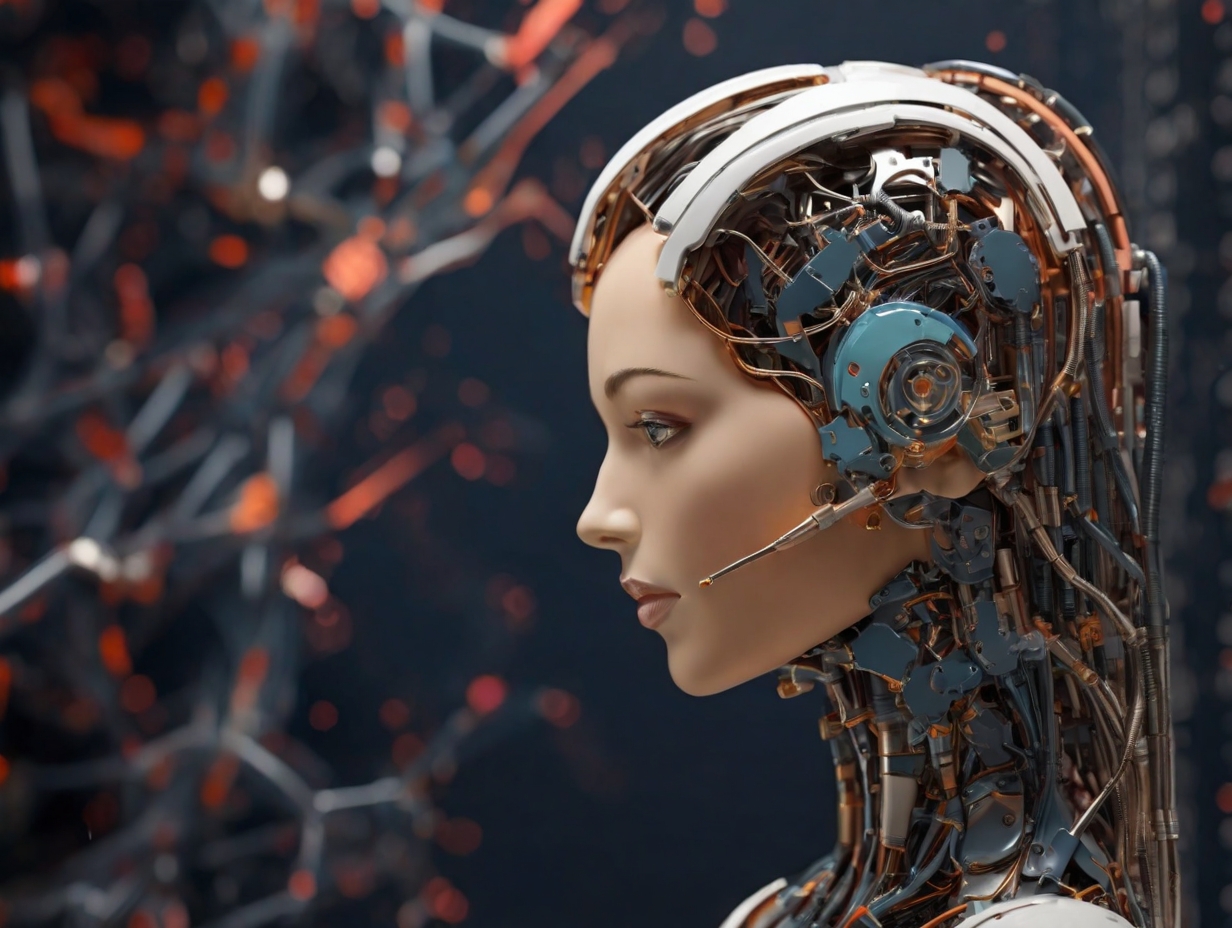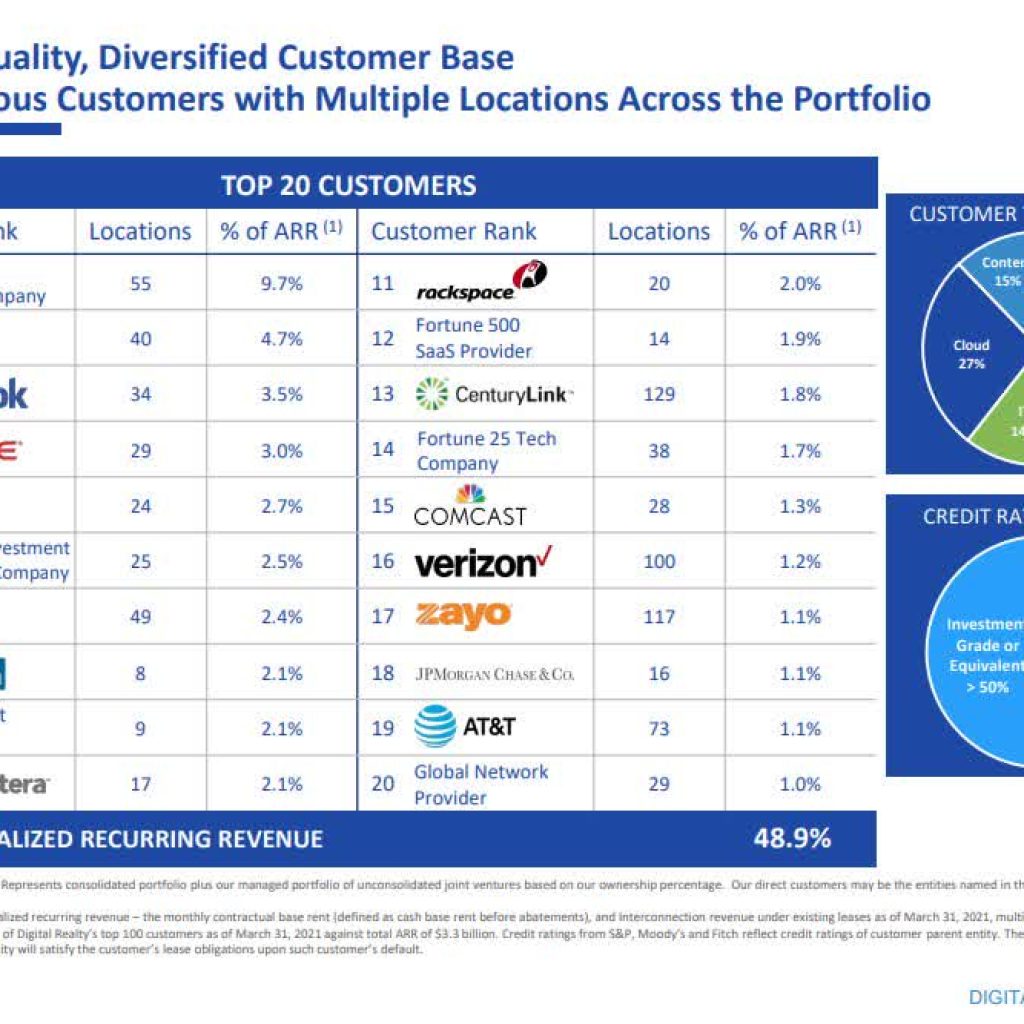Major technology companies in the United States, including Amazon, Alphabet, Meta, and Microsoft, are significantly increasing their investments in digital infrastructure to bolster the deployment of generative AI technologies worldwide. These investments, encompassing ultrafast chips, microprocessors, and data centers, are pivotal for the advancement and widespread adoption of generative AI.
According to Counterpoint Research, approximately 13% of Microsoft’s digital infrastructure spending in 2023 was specifically allocated for generative AI, with projections indicating a further increase in the coming years. Estimates suggest a growth rate ranging between 15-22% for 2024, underscoring the industry’s confidence in the potential of generative AI to revolutionize various sectors.
Unprecedented computing power fuels generative AI
The exponential growth in computing power over recent decades has propelled the development of generative AI. For instance, Google’s latest AI system, Gemini Ultra, was trained using a staggering 90 billion petaFLOPS, highlighting the monumental advancements since the inception of AI.
This unparalleled increase in computing capabilities, evidenced by a 900 trillion-fold rise in petaFLOPS over approximately seventy years, underscores the transformative potential of generative AI.
The investment surge is mirrored by substantial revenue increases observed across companies integral to the generative AI infrastructure. American chip manufacturer NVIDIA reported a revenue of over $22 billion in the fourth quarter of 2023, with a significant portion stemming from data centers—a 279% increase compared to the previous year.
Similarly, OpenAI, renowned for ChatGPT, experienced a substantial revenue spike, reaching $1.6 billion in 2023 from $200 million in 2022, with over 100 million weekly active users.
Generative AI: A general-purpose technology
Generative AI, a subfield of deep learning, holds immense potential as a general-purpose technology poised to permeate various sectors and significantly impact daily operations. Its rapid evolution, pervasiveness, and capacity for complementary innovation position it as a transformative force akin to historical general-purpose technologies like the steam engine.
Generative AI’s applications span diverse sectors, from construction and healthcare to unexpected domains like mining and food. It facilitates automation, enhances efficiency, and fosters breakthroughs in pharmaceuticals.
Moreover, as a key enabler of Industry 4.0, generative AI propels the digitization of manufacturing, paving the way for autonomous decision-making and predictive analytics.
Upskilling potential and technological interaction
Generative AI not only promises efficiency gains but also serves as an upskilling technology, revolutionizing the learning process and accelerating task completion. Moreover, it heralds a paradigm shift in human-technology interaction, enabling more natural and intuitive interfaces through multimodal capabilities.
Despite its promise, the widespread deployment of generative AI faces significant hurdles. Copyright issues, biased data, regulatory challenges, and the high demand for computing power pose formidable obstacles.
Moreover, substantial investments in human capital and enterprise software are imperative, alongside addressing reputational and organizational risks associated with occasional inaccuracies in AI output.





